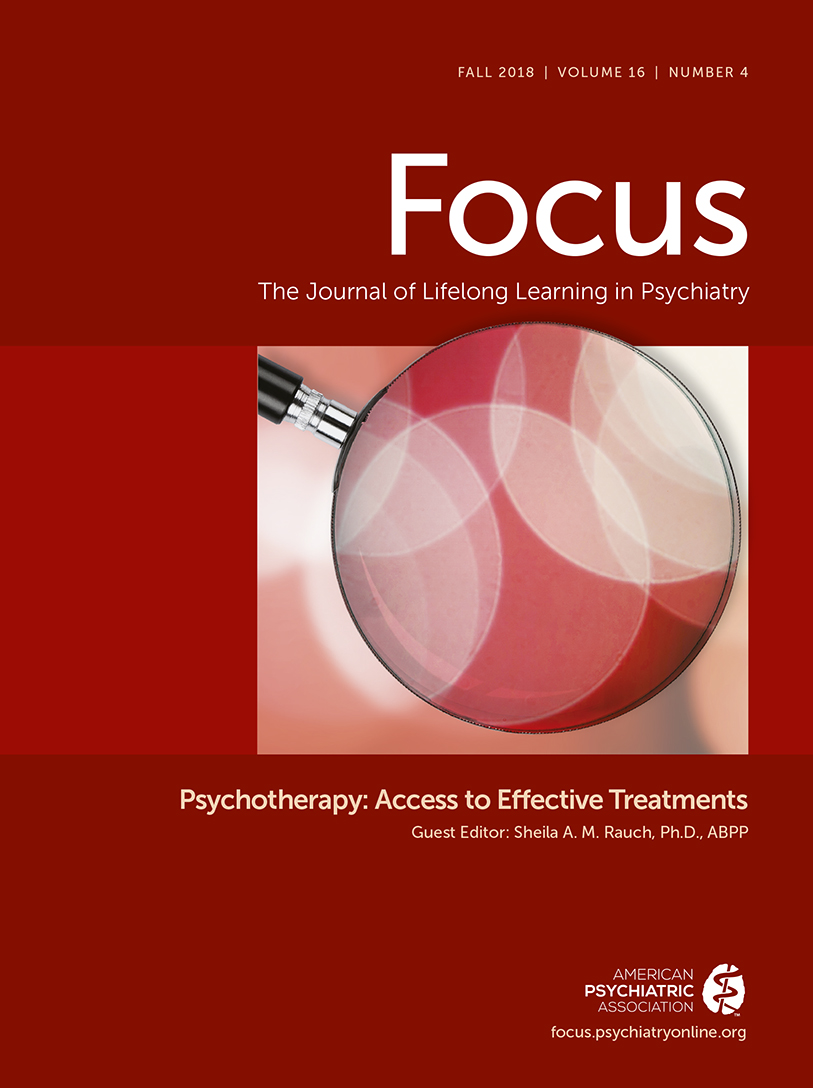Addressing the Opioid Public Health Crisis
The current opioid epidemic demands our attention as physicians. All hands on deck are needed to address the morbidity and mortality associated with this public health crisis. The Lancet article by Lee et al. (1) provides important evidence to more clearly delineate the options available for safe and effective treatment of opioid use disorders in real-world settings. Specifically, the authors report that after inpatients completed a detoxification period, buprenorphine-naloxone (BUP-NX) was more effective than extended-release naltrexone (XR-NTX) in preventing relapse to opioids. This finding was likely due to greater difficulty with XR-NTX induction compared with BUP-NX, given that the former had fewer successful inductions in this study. Of note is that among the population who were able to successfully initiate treatment with either medication, both XR-NTX and BUP-NX were equally effective in the prevention of opioid relapse. These findings are important in critical decision making about optimal treatment for patients with opioid use disorder. For example, patients who are hesitant to use agonist treatment may choose to begin with XR-NTX, and any difficulty with induction should quickly prompt a switch to BUP-NX. Similarly, patients who experience difficulty during the withdrawal period may be less successful when initiating XR-NTX, and therefore BUP-NX may be the best initial step in relapse prevention. In addition, these findings highlight the importance of increasing the number of providers approved to prescribe BUP-NX but also emphasize that physicians who do not have a BUP-NX waiver can still offer effective treatment with XR-NTX.
1 : Comparative effectiveness of extended-release naltrexone versus buprenorphine-naloxone for opioid relapse prevention (X:BOT): a multicentre, open-label, randomised controlled trial. Lancet 2018; 391:309–318Crossref, Google Scholar



